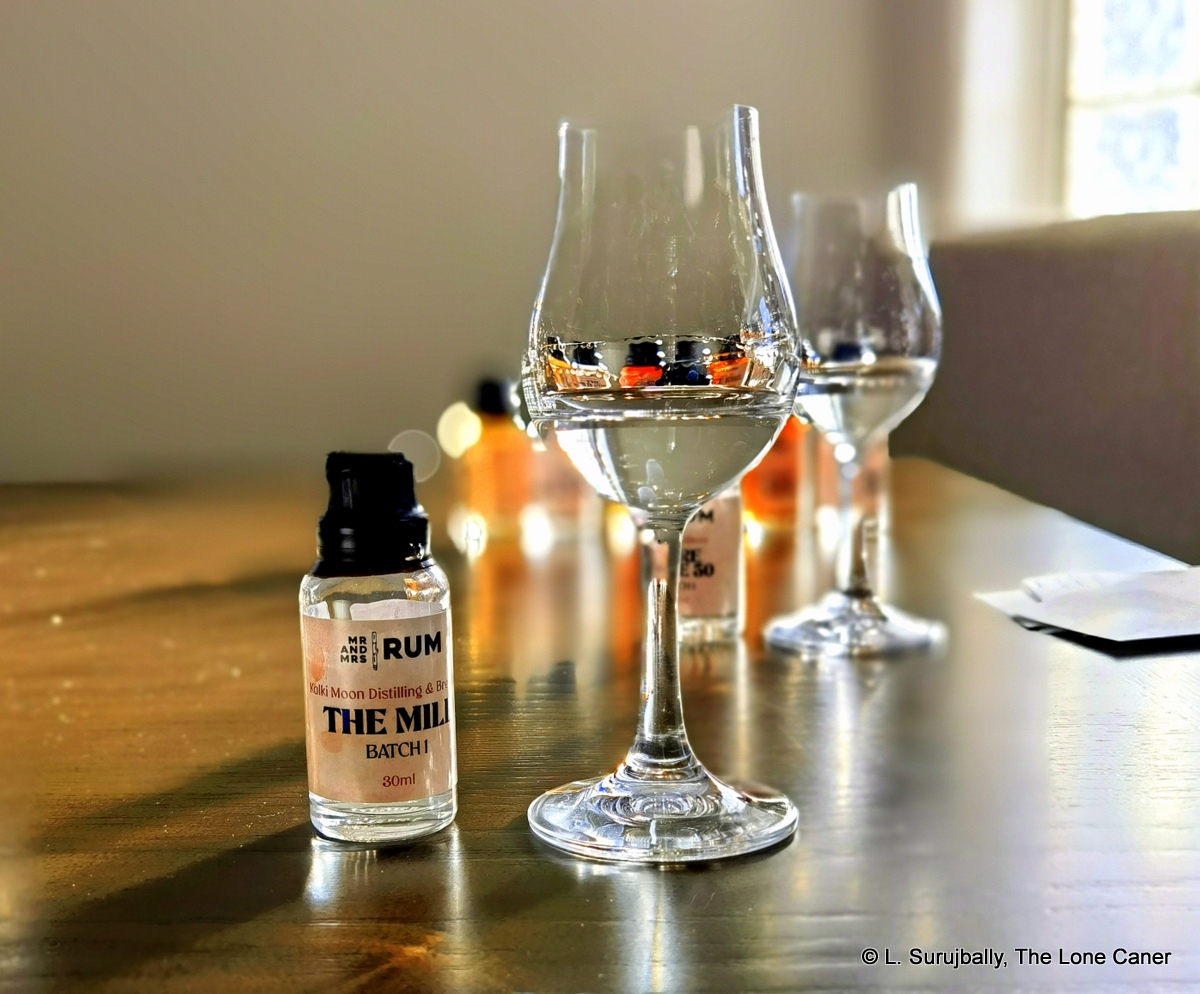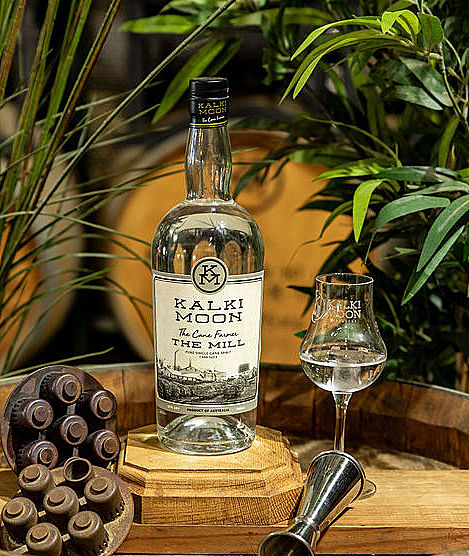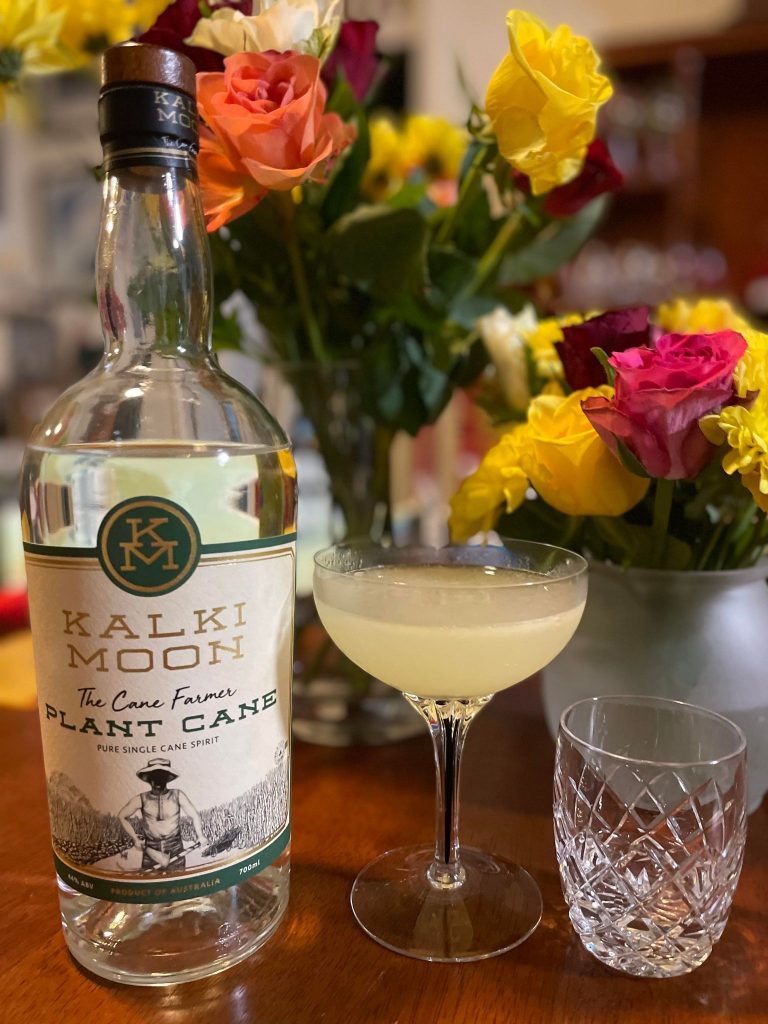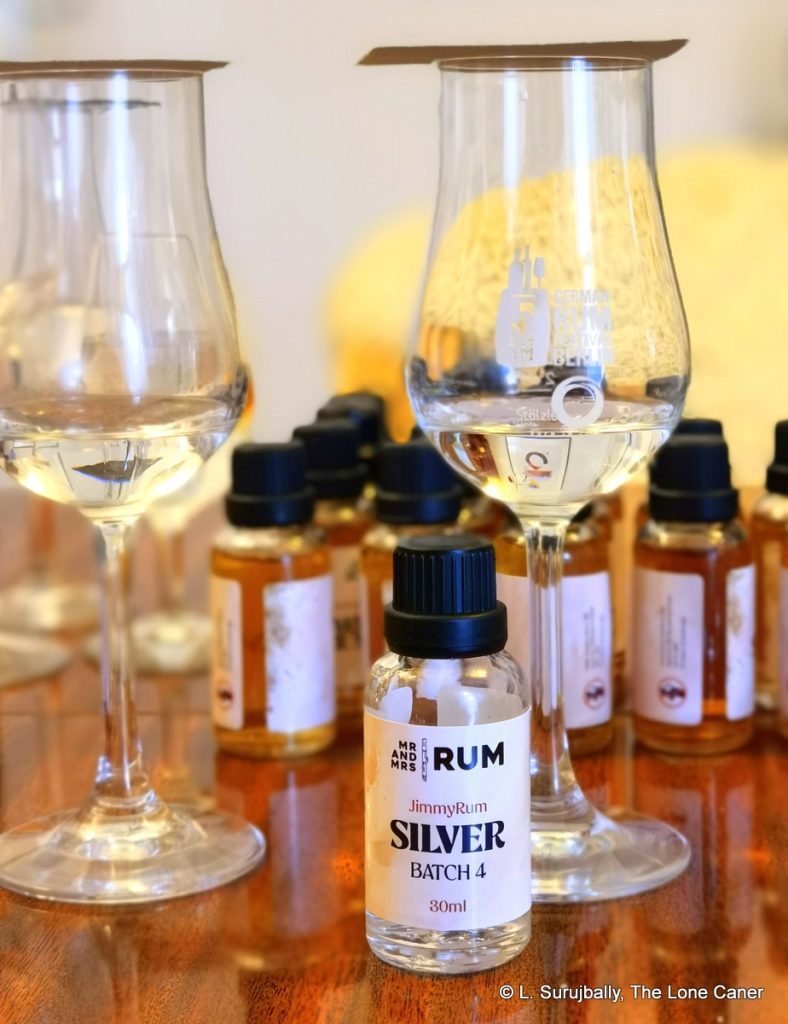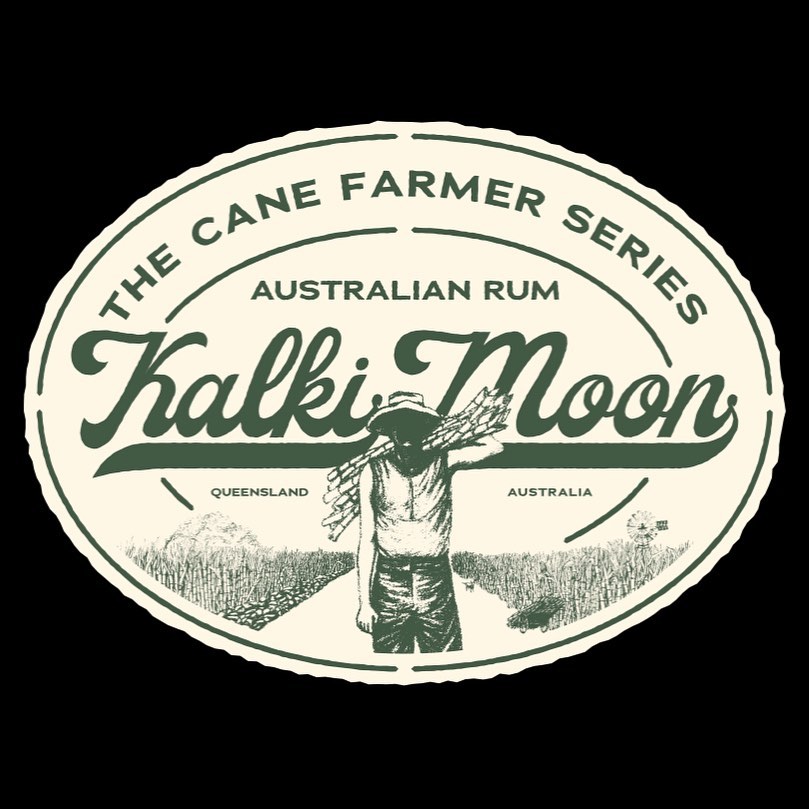It always pleases me when I see some new or old distillery go off on a tangent and do its own thing. It could be some new still configuration, a parcellaire microenvironment, a crazy fermentation time or style, some obscure cane varietal, a new take on the Jamaican style of rum making (dunder and muck pits, for example)…take your pick. It’s almost guaranteed to provide something we can look at with curiosity and (hopefully) with pleasure and appreciation.
Kalki Moon Distillery, that artisanal outfit set up in Queensland right under the nose of Bundaberg — in fact, Mr. Rick Prosser, the founder, once worked there — did something rather interesting here: in August of 2022, the distillery bought some fresh-pressed cane juice from a nearby sugar mill. The juice — it’s not specified how much — was transported the thirty miles to the distillery, transferred to their fermenters and a small amount of yeast was then added to bootstrap what natural (wild) yeast had already begun. Three weeks later the ferment was run through the pot still…twice (though we are not told which of the four they have was used); rested a bit, and then bottled.
What we have here, then, is an agricole-style rum they call “The Mill” which is the fourth in the line of their “Cane Farmer” Series (#1 was the unaged Plant Cane, #2 was a Liqueur, #3 was the Spiced and #4 is this one). I have not tried the spiced or the liqueur, but the Plant Cane was a rum I really kinda liked so the Mill certainly intrigued me as well, especially since they beefed it up to 50% instead of leaving it at the tame living room strength.
So, nose first: a brief wtf? moment when I sniffed egg cartons, dry compost (branches and grass), morphing into crisp tangy sweetness of green tea, a freshly mown lawn, ginnip, soursop, yoghurt. Ashes and iodine made an appearance, just enough to be noticed, then acetones and nail polish and fresh plastic. The through line of freshly squeezed lime juice was delectable, and it got richer and more fragrant as it opened up (it rewards some patience for sure) – it finally coughed up a last hint of burnt biscuits and breadsticks, oddly enough.
The palate was peculiar: not much of the agricole-style profile was immediately evident – indeed, what we got was pine needles, dishwashing liquid, citrus peel…and then the light white fruits (guava, pears, melon slices) made their debut. A little brine and sugar water mixed uneasily, but it was far from unpleasant, and once again those pastry notes were in evidence – butter daubed croissants, and overdone toast with crumbs turning black in the toaster. An odd amalgam for sure, with a finish that hinted at fruits, some lemon peel, olive oil, and a dash of the herbals we had been looking for all this time.
Overall this is a white rum that goes off in interesting directions. There’s a plethora of competing flavours and aromas in it, not all of which work together all the time, true — but on the whole it’s a rum that shows Kalki Moon is not standing still, and willing to push boundaries a bit and dance around to their own tunes. The rum’s proof point and the profile (and the lack of ageing) make it likely to be more suited to a cocktail than for having neat, yet I believe that for those who have already made their peace with both agricole style rums and unaged whites that try to channel some terroire, this is a rum that should not be ignored, but tried, savoured…and hopefully promoted.
(#1088)(84/100) ⭐⭐⭐⭐
Other notes
- Video Recap is here.
- From Day 14 of the 2023 Australian Advent Calendar
- I call this a rum even though Kalki does not (because of Australia’s two year rule for calling cane spirits “rum”). I think that rule is both restrictive and misleading, and so I have elected to ignore it in both the title and the review.
Company background (adapted from Review R-0883)
Kalki Moon is named after an enduring image in the mind of the founder Rick Prosser, that of the full moon over the fields of Bundaberg in the neighbourhood of Kalkie, where he had built his house. After working for thirteen years and becoming a master distiller at the Bundaberg Distillery, Mr. Prosser decided to give it a shot for himself, and enlisted friends and family to help financially and operationally support him in his endeavours to build and run his own artisanal distillery, which opened in 2017 with two small stills. The need to make sales from the get-go pushed him into the vodka- and gin-making business (gin was actually a last minute decision), where he felt that big brands that were produced by his previous employer, Diageo, had their place, but there were opportunities for craft work too.
Somewhat to his surprise, the gins he made – a classic, a premium, a navy strength and even a pink – sold well enough that he became renowned for those, even while adding yet other spirits to his company’s portfolio. Still, he maintains that it was always rum for which he was aiming, and gin just paid the bills, and in 2020 he commissioned a third, larger still (named “Marie”, after his grandmother) to allow him to expand production even further. Other cash generating activities came from the spirits-trail distillery tourists who came on the tours afforded by having several brewing and distilling operations in a very concentrated area of Bundaberg – so there are site visits, tasting sessions and so on.
At the same time, he has been experimenting with rums – like the previously mentioned “Plant Cane” – but it took time to get the cuts and fermentation and still settings right, so that a proper rum could be set to age. Spiced and maybe the dark (aged) rums were ready for release in 2022, and the gins were too profitable and too well known to be abandoned, so Kalki will continue to be very much a multi-product company. It remains to be seen whether the dilution of focus I’ve commented on before will hamper making a truly great artisanal rum, or whether all these various products will get their due moment in the sun. Previously, I remarked that it would be interesting to watch what Mr. Prosser did when he got a head of steam under him, with any aged rums he’s make. It didn’t even occur to me that he’d go the opposite direction as he has with this one, but for my money, it’s well worth taking a look at.
